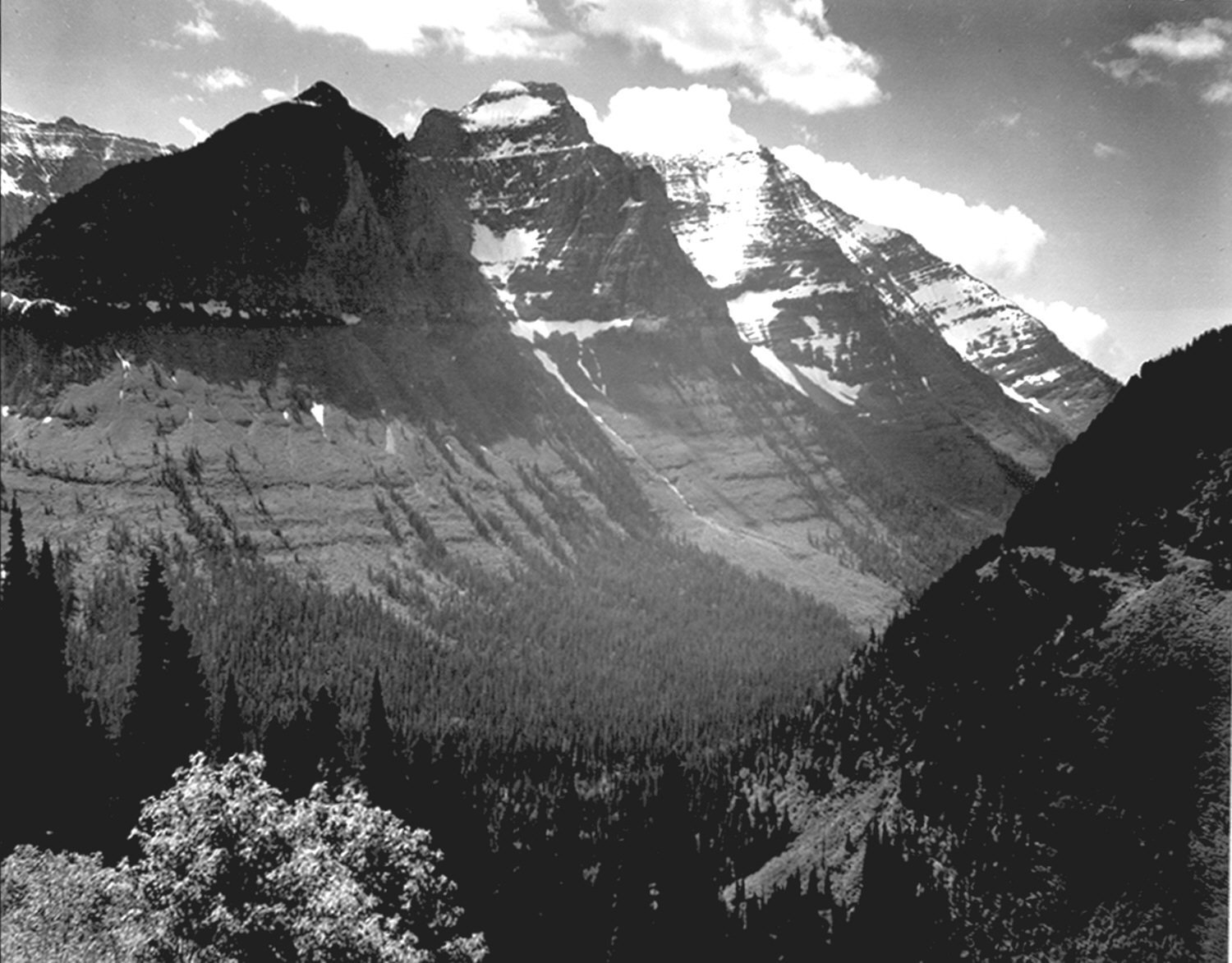A tragic incident occurred near St. Mary Falls in Glacier National Park, Montana, on June 23, 2024. Gillian Tones, a 26-year-old woman from North Apollo, Pennsylvania, drowned after slipping on wet rocks and falling into Virginia Creek. The fast-moving water swept her over a series of waterfalls, leading to her untimely death despite rescue efforts by bystanders and park officials.
What Happened at St. Mary Falls?

On that fateful Sunday afternoon, Gillian Tones was exploring the area between St. Mary and Virginia Falls when disaster struck. At approximately 5:20 p.m., she lost her footing on the slippery rocks near Virginia Creek, about 200 yards upstream from the trail bridge. The incident unfolded rapidly:
- Tones fell into the creek and was immediately swept away by the strong current.
- She was carried over several small waterfalls.
- A log in the water pinned her underwater for several minutes.
- Bystanders eventually managed to pull her from the river.
The combination of cold water, swift current, and the time spent submerged proved fatal for the young woman.
How Did the Rescue Efforts Unfold?

The rescue operation was swift but ultimately unsuccessful:
- Multiple 911 calls were received at 5:20 p.m.
- Park rangers arrived on the scene by 5:45 p.m.
- Bystanders initiated CPR immediately after pulling Tones from the water.
- Park rangers and Babb ambulance personnel continued resuscitation efforts upon arrival.
- An ALERT helicopter landed at approximately 6:20 p.m. to assist.
Despite the rapid response and concerted efforts of all involved, Gillian Tones could not be revived.
What Safety Measures Are in Place at Glacier National Park?
Glacier National Park has implemented various safety measures to protect visitors, especially in areas with potential water hazards:
- Safety Signage: Warning signs are strategically placed to alert visitors of dangerous areas.
- Ranger Patrols: Park rangers regularly patrol high-risk zones and provide safety information.
- Emergency Response Protocols: The park has established procedures for quick response to emergencies.
- Visitor Education: Information about potential hazards is disseminated through various channels.
| Safety Measure | Description |
|---|---|
| Signage | Warning signs near waterfalls and fast-moving streams |
| Ranger Patrols | Regular monitoring of high-risk areas |
| Emergency Protocols | Coordinated response systems with local emergency services |
| Visitor Education | Brochures, website information, and ranger talks on safety |
What Can Visitors Do to Stay Safe Near Water Features?
To prevent similar tragedies, visitors should adhere to the following guidelines:
- Stay on designated trails and viewing areas.
- Keep a safe distance from water edges, especially on wet or slippery surfaces.
- Be aware of water conditions, particularly after rainfall or during high-flow seasons.
- Wear appropriate footwear with good traction.
- Never attempt to cross swift-moving streams or rivers.
- Supervise children closely near water features.
- Heed all warning signs and ranger instructions.
How Common Are Drowning Incidents in National Parks?
While specific statistics for Glacier National Park are not provided, drowning is a significant concern in many national parks:
- Drowning is one of the leading causes of unintentional visitor deaths in national parks.
- Many incidents occur when visitors underestimate water hazards or overestimate their swimming abilities.
- Factors such as cold water, strong currents, and hidden obstacles contribute to the danger.
What Should You Do in Case of an Emergency at Glacier National Park?
If you witness or experience an emergency in the park:
- Call 911 immediately.
- If possible, send someone to the nearest ranger station or visitor center for help.
- Provide clear information about your location and the nature of the emergency.
- Follow instructions given by emergency dispatchers or park personnel.
- Do not attempt a rescue if it puts your own life at risk.
How Has This Incident Affected Park Policies?
While specific policy changes resulting from this incident are not detailed, national parks typically:
- Review safety protocols after serious incidents.
- Analyze the circumstances to identify potential improvements in safety measures.
- Consider additional signage or barriers in high-risk areas.
- Enhance visitor education efforts about specific hazards.
What Support Is Available for Victims’ Families?
In the aftermath of such tragedies, parks and local communities often provide:
- Counseling services for family members and witnesses
- Assistance with logistical arrangements
- Information and support through the investigation process
- Memorialization options, if requested by the family
How Can Visitors Prepare for Safe Trips to Glacier National Park?
Before visiting Glacier National Park, consider these preparatory steps:
- Research the areas you plan to visit, including potential hazards.
- Check current park conditions and weather forecasts.
- Inform someone of your itinerary and expected return time.
- Carry appropriate safety gear, including first aid supplies.
- Familiarize yourself with park rules and emergency procedures.
- Consider joining a guided tour for unfamiliar or challenging areas.
By following these guidelines and staying informed, visitors can help ensure a safe and enjoyable experience in Glacier National Park while respecting the power and beauty of its natural features.
References:
1. National Park Service: Drowning victim near St. Mary Falls identified
2. ABC News: 26-year-old woman drowns after slipping into creek at Glacier National Park
3. KPAX: Woman who drowned at Glacier National Park identified